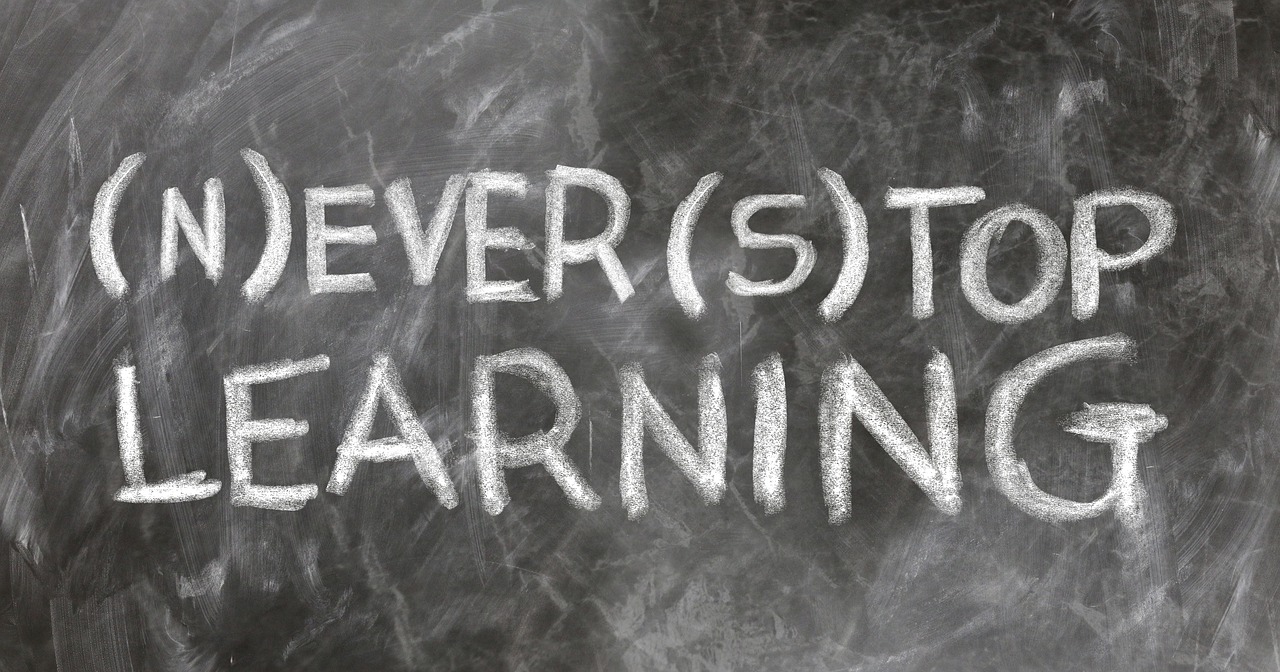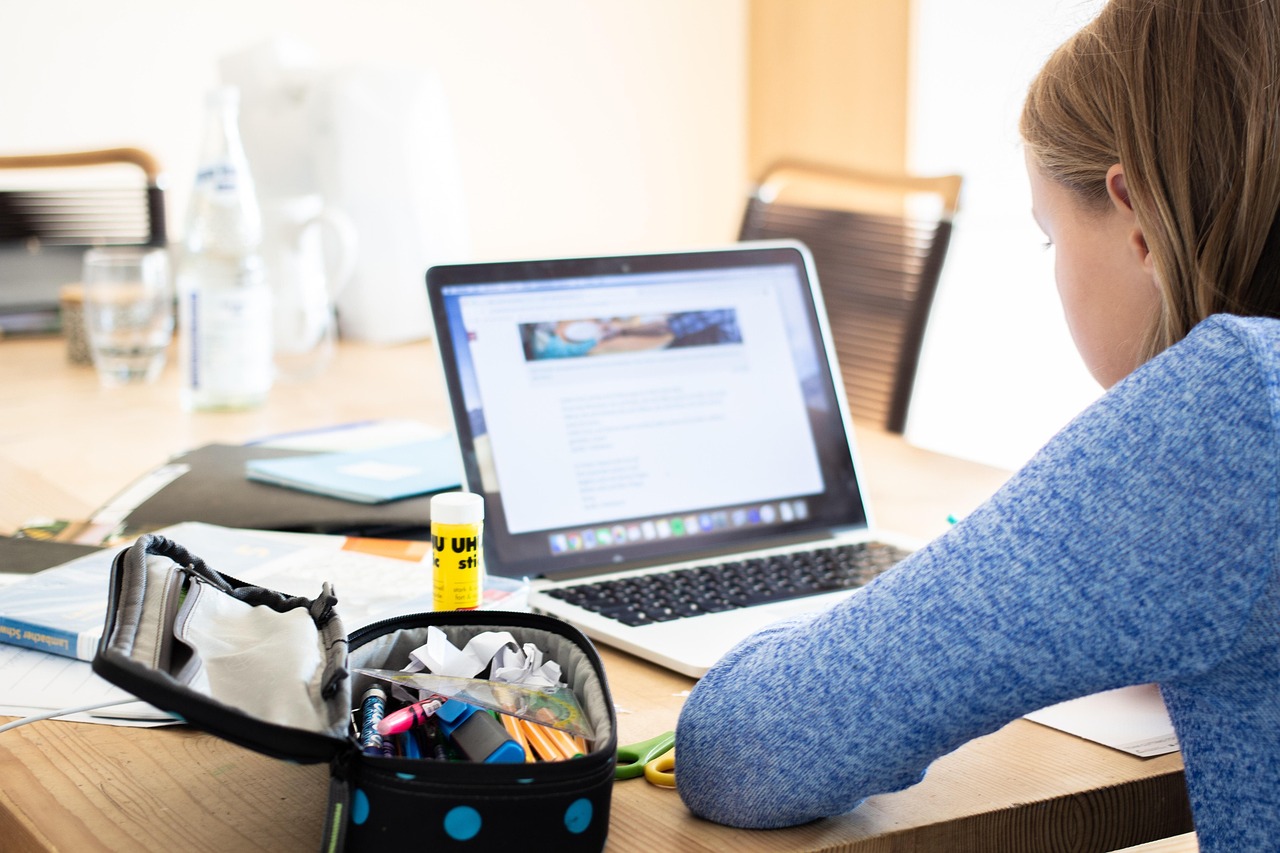Have you ever heard of learning by doing? It’s also known as the kolb experiential learning cycle.
This method of learning involves four steps:
- Experience
- Reflection
- Conceptualization
- Application
First, you gain an experience. Next, you reflect on that experience and how it fits into your existing knowledge. Then, you conceptualize what you learned and how it can be applied to other situations. Finally, you apply what you learned in a new experience.
Research has shown that using the kolb experiential learning cycle can improve your understanding and retention of information. It also enhances problem-solving and critical thinking skills.
This method is often used in hands-on activities, such as experiments, simulations, and workshops. However, it can also be applied to everyday situations. For example, if you wanted to learn how to cook, you could use the kolb experiential learning cycle by trying out a new recipe, reflecting on what went well and what didn’t, conceptualizing what you learned about cooking techniques, and then applying that knowledge to future recipes.
The kolb experiential learning cycle is a useful tool for anyone who wants to learn by doing. By following these four steps, you can gain a deeper understanding of the world around you and develop valuable skills that can be applied to many areas of your life.






